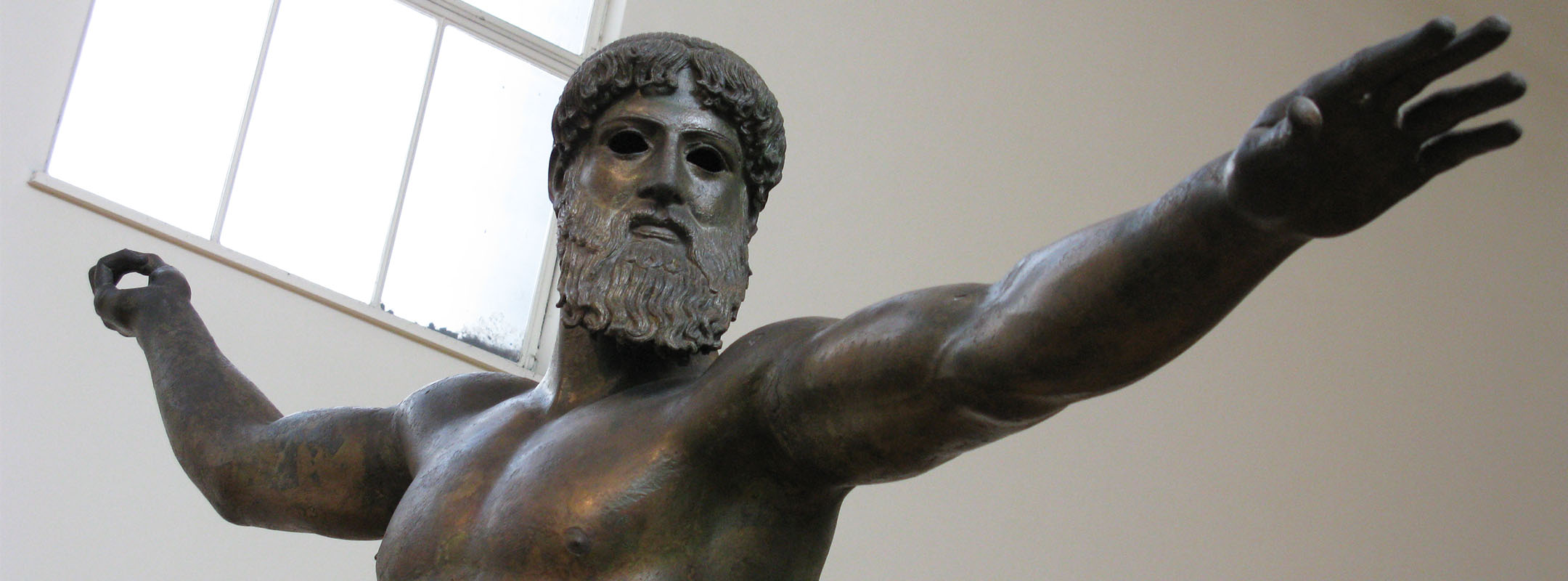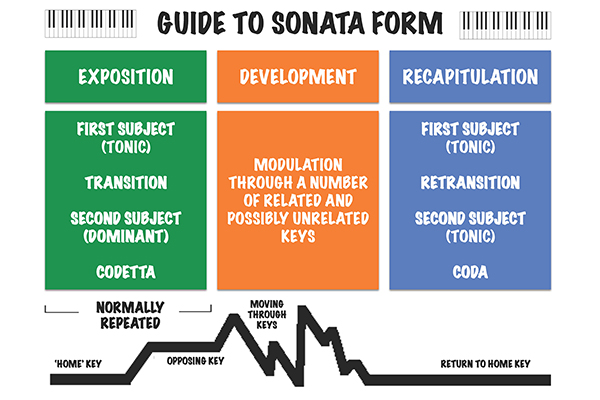
Violin
The Zeus of Artemision (c.460 BC) is one of the most renowned Ancient Greek masterpieces, representing classic art. It’s worth taking note of its distinctive features: perfect balance, elegant poise, restrained expression, and superb craftsmanship. These give us a brief insight into the music of the classical period - simple, yet incredibly powerful.
In the mid-18th century, the social climate had changed due to the effects of the industrial revolution and colonisation. People began to value a human’s rational idea and decision above blind-faith or an emotional mind, as in the Baroque era. Since the new philosophy - based on humanism - was embedded in the artistic heritage of Greek and Roman painting, sculpture, and architecture, the styles or forms inspired by these classical antiquities are referred to as “classical” or “classic”.
The classical style in music had been shaped by three important figures: Joseph Haydn (1732-1809), Wolfgang Amadeus Mozart (1756-1791), and later Ludwig van Beethoven (1770-1827). Since middle-class consumers of art had grown in the classical period, these pioneers refused old styles like improvisation, extravagance and extreme complexity that left listeners perplexed. They simplified the texture - the relationship between the parts - from multiple melodic lines intruding into each other to a short melody along with the harmonic accompaniments. The Baroque preference of using a long base note as a platform for ornamentation to be added on top gradually fell out of favour, and in its place melodies were developed across all of the parts. A conversational dialogue between instruments began, as opposed to the old rules where many independent voices spoke simultaneously.
Since simple and repetitive melodies brought the audience a joy of understanding music without the need for lyrics, the instrumental genre was favoured by composers over vocal music. Orchestral music - symphonies and concertos - flourished as public concerts became popular and, as a result, composers had to develop an organised structure so as to accommodate the extended musical length and scale: the famous Sonata form.

Sonata form is like a trusty guide for a trip; it gives us reassurance even when we travel further away from home, or the tonic key. The basic structure is divided into three sections: First, one or two contrasting themes or melodies are introduced in the tonic key. Next, these motifs travel through different keys, harmonically developing by changing musical phrase, rhythm, or texture. The last section is called the Recapitulation as the themes are reoccurring with small changes but, most importantly, are coming back home to the original key. This strategy not only helped composers explore various possibilities for developing musical motifs, but also brought freedom to the audience from tedious listening.
Going back to the Zeus of Artemision, we can think about why its simplicity creates such a strong impact: it leaves us space for thinking and imagination. With Haydn’s Symphony No.101, the piece gained its nickname “The Clock” due to the ‘tick-tock’ effect driven by the same patterned pizzicato on string instruments, and crispy staccato on bassoon. He kept drawing the attention of listeners by changing, expanding and contracting this thematic motif throughout the movement. Though there is no plot or narrative in this symphony, it was beloved by audiences as they could guess what is being portrayed in the music with just the simple motif.
So don’t be stressed out coming to a 'classical' concert, as now you know classical music is not something serious, nor complicated. All you have to do is sit back and listen, then let the music stretch your imagination.
Join us on Thursday 4 October 6.00pm for our Free Rush Hour concert where we perform two mighty pillars of the Classical era. Find out more here.
Find out more about Jane here.